Starting with strengths
Imagine you’re reading a written reflection from a student. This particular student writes so beautifully of the lines on his grandfather’s face, and of the time they spent out on the porch together, enjoying a warm spring night. You can almost see the sun setting and feel the wooden bench they sat on. You can hear the golden retriever’s tail thudding on the worn wooden boards.
When considering the quality of this student’s writing, would you focus on their grammar errors first?
I don’t think so.
You’d start with what’s wonderful about the writing. You’re build a relationship with this writer so you focus on the positive. You celebrate their hard work and bravery. To do otherwise could damage this student as a writer and a person. And while you’re not ignoring the errors, maybe you circle back to them. Let them guide your instruction, but they’re not the initial focus of your conversation and feedback.
So then why do we start service, project, and problem-based learning with a problem?
Avoiding the “Deficit Perspective”
Many of us have heard about the deficit perspective of our students: seeing only what is “wrong” with them, and not their strengths and assets. Education has historically looked for perceived deficits in students, not at the deficits of the very systems they are in.
This perspective is rooted in a set of myths about groups of people living at or near poverty. This post on Educational Leadership by Paul Gorski brakes down the myths about a “culture of poverty” with the research to dismantle these ideas which are based primarily on stereotypes, biases and the thinking that folks in poverty share a “culture.”
The post goes on to explore how a deficit perspective can lead to a deficit theory, which is very troubling indeed:
The most destructive tool of the culture of classism is deficit theory. In education, we often talk about the deficit perspective—defining students by their weaknesses rather than their strengths. Deficit theory takes this attitude a step further, suggesting that poor people are poor because of their own moral and intellectual deficiencies (Collins, 1988). Deficit theorists use two strategies for propagating this world view: (1) drawing on well-established stereotypes, and (2) ignoring systemic conditions, such as inequitable access to high-quality schooling, that support the cycle of poverty.
Well, we certainly don’t want to do that, or replicate that line of thinking in our work with students. So why does it make sense always begin our explorations in project with what is wrong with our communities? Doesn’t that just perpetuate a deficit view of where we live and our school communities?
Know places deeply
Just as we wouldn’t want someone coming into our schools and telling us what to do without any knowledge of the community or the context, it is important for our students to learn about their communities before embarking on improvements. They need to consider what is special about this community? What are our physical, social, structural, natural and business strengths?
Once we connect kids with this kind of thinking — their understanding of their own community blossoms, and they might see it from a more appreciative lens. We know this lens can be challenging for early adolescents! Learning from experience by talking with community members who make a difference from across a variety of backgrounds, careers, and lifestyles can go a long way in showing kids possible pathways for themselves and building social capital and pathways of opportunity. Not to mention a potential project partner!
So just how to do it? Here is one way.
Start project work with strengths
In our service learning toolkit, we’ve included an asset process doc that’s a good starting point and can be copied and used in your setting. Essentially, give students time to brainstorm the assets of where they live and go to school. They might need some help considering what asset means (a valuable thing, person, person or quality) and expanding that definition to include:
- natural assets (mountains, rivers, pond, fields, wetlands)
- structural assets (playgrounds, local monuments, libraries, public buildings)
- business assets (local businesses)
- infrastructure assets (public transportation, ice rinks, good roads, sidewalks, gardens)
- social/community/cultural assets (churches, clubs, community activities, community organizations, ceremonies)
- more!
With those ideas, have students list as many assets as they can in 5 minutes and share these out with each other. Then, create a chart of all of these assets, possibly grouping them by type. Students will hopefully see the many good things already happening and feel pride in their community.
If possible, have students interview community members, read local news, and explore their own experiences. What are the assets of this place, and what work still needs to be done?
One example of this is the Humans of Burke project, where students interviewed local community heroes and created block print portraits of them to be displayed at a local cafe.
Then, brainstorm challenges. List every single one.
Now add the #GlobalGoals
It is helpful for students to know they are not facing these challenges alone. In fact, millions of people are working on improving living conditions across the globe, and many are using the Global Goals to connect, make progress, raise awareness, and celebrate the work. After brainstorming challenges, teach the students about the United Nation’s Sustainability Goals. There are many great lessons about the goals right here in their many resources. Once they have a good sense of what the goals are and why they were created, students can take their local challenges, and use the Global Goals to prioritize them, from 1-5.
During this process kids are usually thinking of projects right away that help with a local challenge but connect deeply to Global Goals. After this process, you are ready to brainstorm potential project ideas with students, and then, have them pick their top 3 they want to work on with dot-storming or another democratic process.
Students did just this at Burke with a dot-storming process to highlight their interests in potential project work based on their community assets and the Global Goals.
Then students are ready to launch into project-based and service learning, but grounded in the assets of their community and global challenges as well.
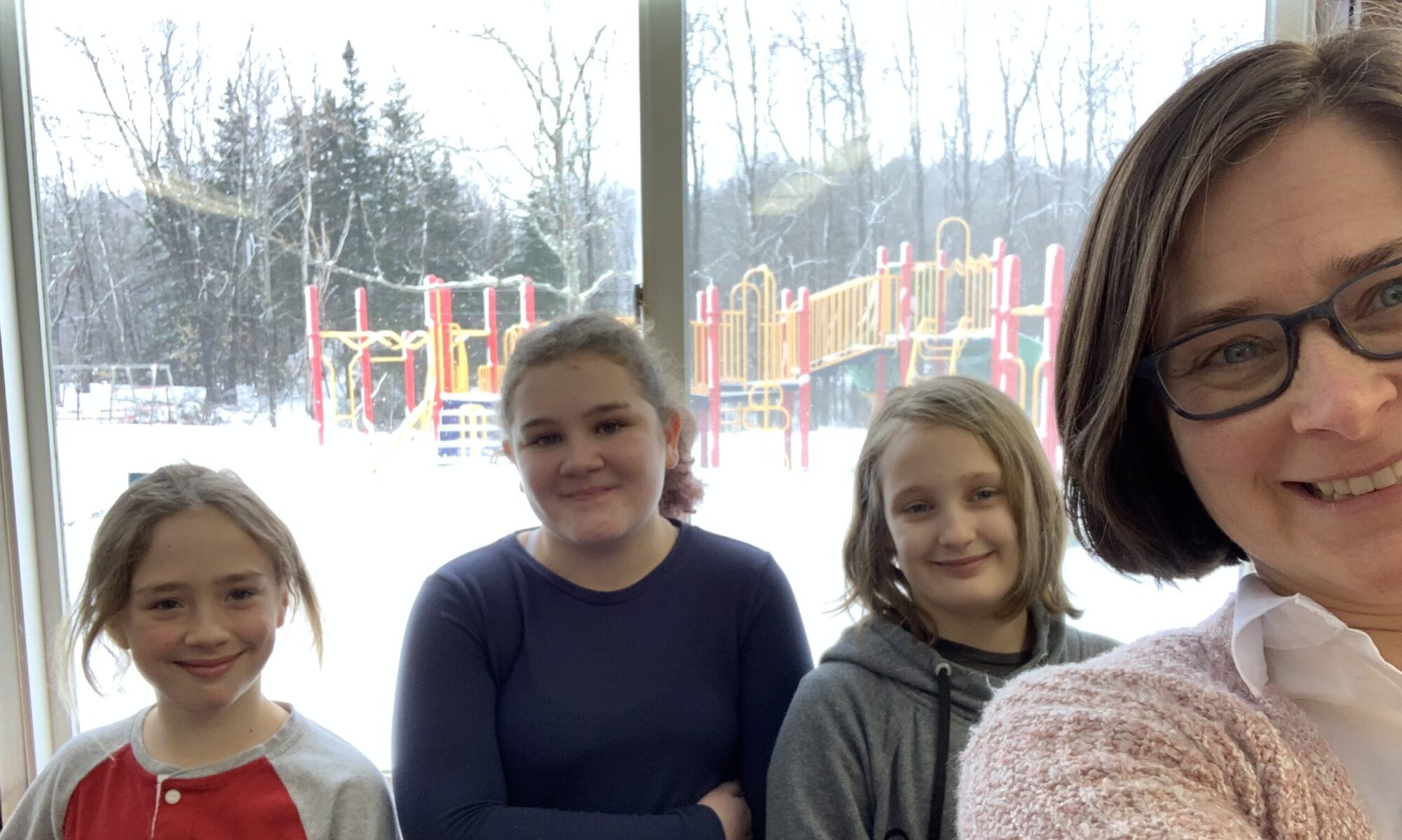

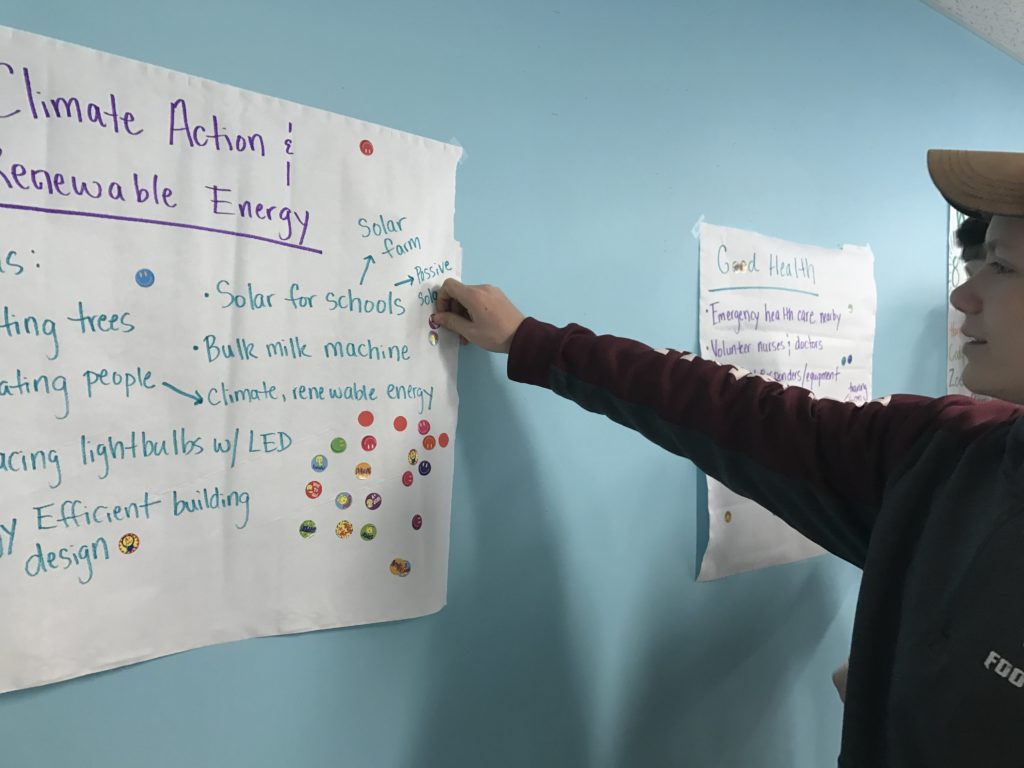
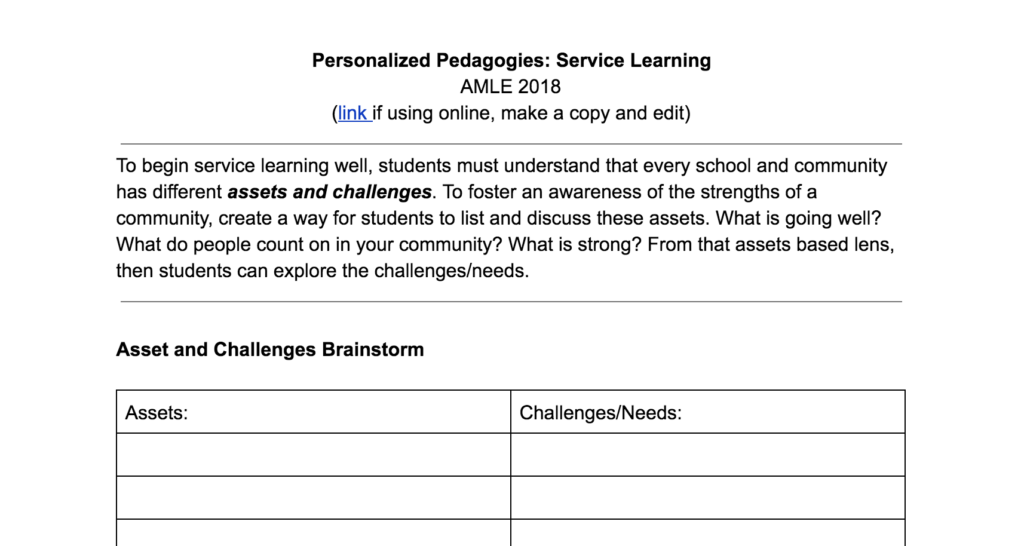
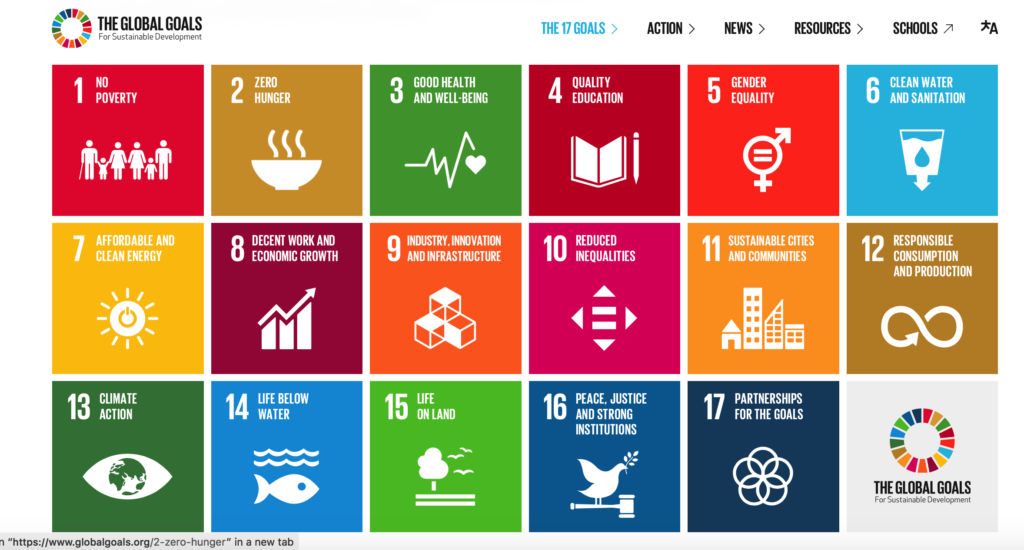
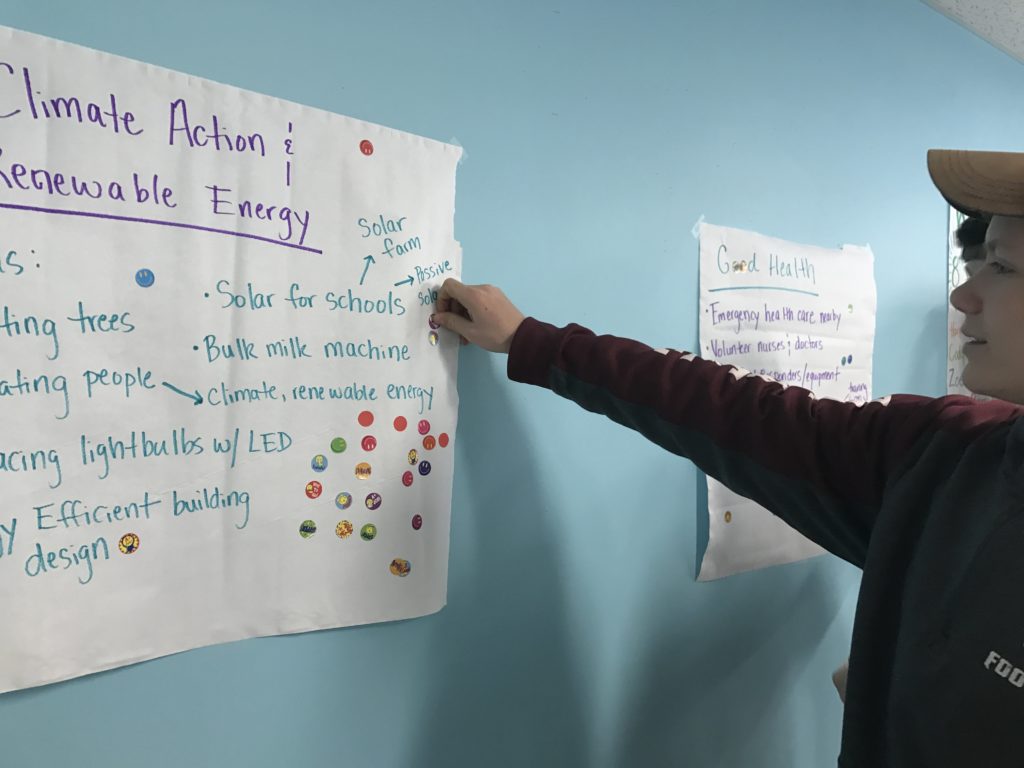
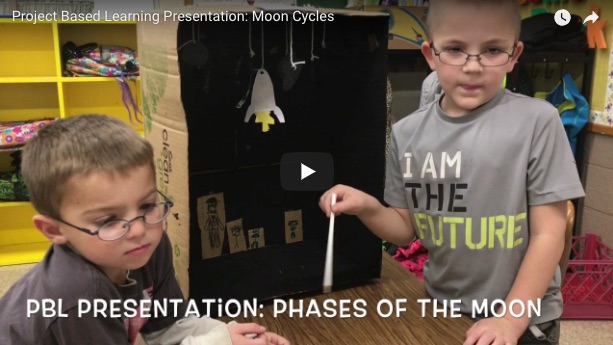
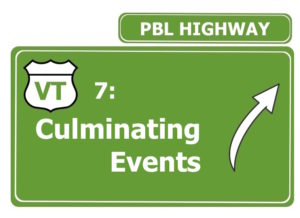 The culminating event! It’s the lovely finish line of a Project-Based learning unit. The big event. You’ve been planning for months for this event that celebrates the projects and the learning in an authentic, community based forum. All along, it’s been a strong motivator for scholars, grounding the relevant work they’ve been doing.
The culminating event! It’s the lovely finish line of a Project-Based learning unit. The big event. You’ve been planning for months for this event that celebrates the projects and the learning in an authentic, community based forum. All along, it’s been a strong motivator for scholars, grounding the relevant work they’ve been doing.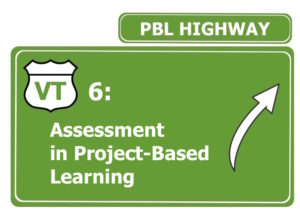 Assessments can be hard to create and manage, but they are a necessary part of PBL. You can do it!
Assessments can be hard to create and manage, but they are a necessary part of PBL. You can do it!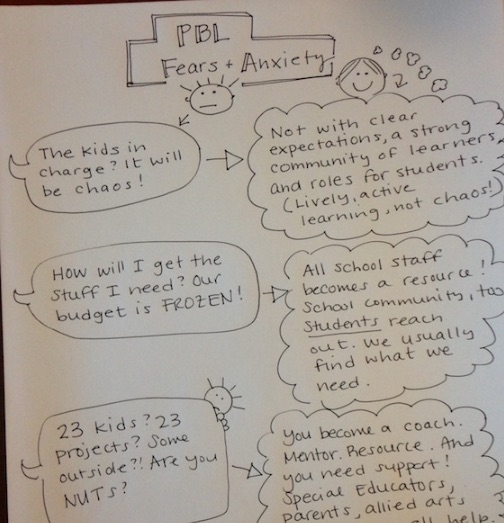
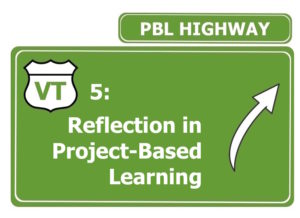 It is easy to not plan time for reflection in project-based learning (PBL) because there is just so much DOING! The students are engaged, and it’s fun and hands-on, and everything moves pretty quickly. But for PBL to connect to learning targets and goals and transferable skills, frequent reflection needs to happen, and as we all know, this has to be deliberately built into the schedule.
It is easy to not plan time for reflection in project-based learning (PBL) because there is just so much DOING! The students are engaged, and it’s fun and hands-on, and everything moves pretty quickly. But for PBL to connect to learning targets and goals and transferable skills, frequent reflection needs to happen, and as we all know, this has to be deliberately built into the schedule.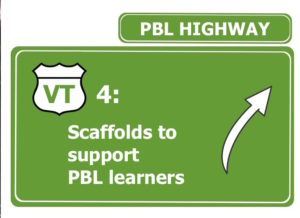 Some people have the mistaken idea that PBL is just when you point students in the direction of a project and say, “Go for it!”
Some people have the mistaken idea that PBL is just when you point students in the direction of a project and say, “Go for it!”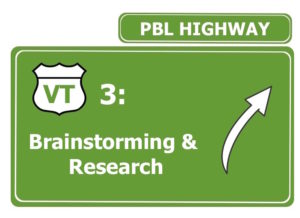 You’ve done an engaging entry event. You have a plan for your PBL unit with a focused driving question. Sweet! Now it’s time for the students to embark on research. But the world of information is a vast wilderness fraught with danger: the danger of misinformation!
You’ve done an engaging entry event. You have a plan for your PBL unit with a focused driving question. Sweet! Now it’s time for the students to embark on research. But the world of information is a vast wilderness fraught with danger: the danger of misinformation!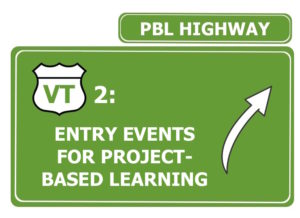 Q: What do we really want from project-based learning?
Q: What do we really want from project-based learning?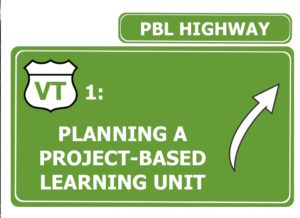 Welcome to the PBL Highway, my new series aimed at helping you on the road to project-based learning! Setting up a student-driven, rigorous, community-focused project-based learning (PBL) unit can feel daunting, so the best way to tackle anything this huge (it’s yuge!) is to break it down into manageable steps.
Welcome to the PBL Highway, my new series aimed at helping you on the road to project-based learning! Setting up a student-driven, rigorous, community-focused project-based learning (PBL) unit can feel daunting, so the best way to tackle anything this huge (it’s yuge!) is to break it down into manageable steps.